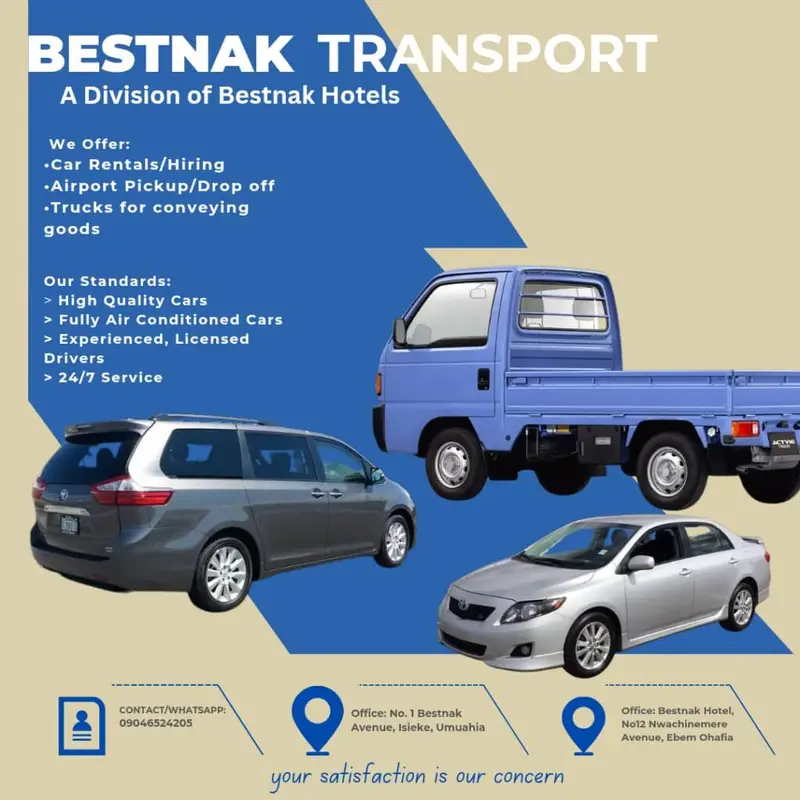The Fragmentation of Freedom: Sudan’s Cautionary Tale for Democracy Activism
Introduction: The Mirage of Liberation
In 2011, South Sudan’s secession from Sudan was heralded as a triumph of self-determination, a beacon for democracy activists worldwide. Yet, over a decade later, the world witnesses a harrowing paradox: two nations—South Sudan and Sudan—locked in parallel spirals of state collapse, humanitarian catastrophe, and dashed hopes. This article interrogates the unintended consequences of fragmented sovereignty, urging activists to temper idealism with pragmatism. Robust statistics reveal a sobering truth: independence, absent institutional scaffolding, can mutate freedom into anarchy.
The Precipice of Partition: A Statistical Snapshot
Sudan’s division birthed two failing states. South Sudan, the world’s youngest nation, ranks 189th/191 on the UN Human Development Index (2023), with 82% living below the poverty line (World Bank, 2022). Sudan, meanwhile, grapples with civil war: 9.4 million displaced (OCHA, 2023), inflation at 380% (IMF, 2024), and 19 million facing acute hunger (WFP, 2024). Both nations share a lethal legacy: oil-dependent economies shattered by conflict, corruption, and external interference.

The Activist’s Dilemma: Freedom Without Foundations
Democracy activists in pre-partition Sudan rallied under banners of “freedom” and “self-rule,” channeling decades of marginalization under Khartoum’s Islamist regime. Yet, South Sudan’s liberation devolved into kleptocracy. Since 2013, civil war between Salva Kiir and Riek Machar has claimed 400,000 lives (The Sentry, 2021), while 70% of schools remain shuttered (UNICEF, 2023). In Sudan, the 2019 revolution that ousted Omar al-Bashir dissolved into military rule, with the Rapid Support Forces (RSF) and Sudanese Armed Forces (SAF) now waging a war that has razed Darfur anew. Activists, once icons of hope, now whisper a bitter lesson: liberation without governance is a hollow victory.
The Resource Curse: Blood, Oil, and Betrayed Ideals
South Sudan’s oil reserves (3.5 billion barrels) exemplify the “paradox of plenty.” Despite earning $10 billion annually pre-2013, 95% of revenue was siphoned by elites (Global Witness, 2020). Sudan, stripped of 75% of its oil wealth post-secession, collapsed into debt ($60 billion) and austerity, igniting the 2018 bread riots. Both nations now hemorrhage $4 billion yearly to illicit financial flows (AU, 2022), while foreign actors—from Wagner Group to Chinese oil firms—exploit vacuums of power.

Humanitarian Abyss: The Cost of Fractured Dreams
The fragmentation of Sudan has unleashed a catastrophic human toll, exposing the dark underbelly of fractured sovereignty. In South Sudan, 2.2 million children endure acute malnutrition, while 1 in 10 perish before their fifth birthday—a mortality rate surpassing Syria’s wartime figures (WHO, 2023). Meanwhile, Sudan teeters on collapse: 70% of health facilities in conflict zones lie in ruins, triggering cholera and measles outbreaks that claim 120 lives weekly (MSF, 2024). Gender-based violence has become systemic, with 65% of South Sudanese women reporting sexual assault (UN Women, 2023), and Sudan’s Rapid Support Forces (RSF) weaponizing rape in Darfur to ethnically cleanse communities. These statistics are not mere numbers but indictments of a global order that celebrates secession without safeguarding its consequences. As resources vanish into warlords’ coffers—South Sudan’s elites embezzled $4 billion in oil revenue since 2018 (The Sentry, 2024)—the dream of freedom curdles into a fight for survival.
A Warning to Activists: The Perils of Simplistic Solutions
The Sudanese tragedy underscores the limits of activism that conflates secession with liberation. South Sudanese activists, many exiled or silenced, lament the West’s premature recognition of a state lacking courts, schools, or roads. Similarly, Sudan’s pro-democracy coalitions fractured along ethnic and ideological lines, enabling military revanchism. As Alex de Waal notes, “The mantra of ‘freedom now’ often overlooks the architecture needed to sustain it.”
Conclusion: Reconciling Idealism with Institution-Building
Sudan’s unraveling demands humility from global activists. The road to freedom requires not just protests but painstaking institution-building, anti-corruption safeguards, and inclusive dialogue. South Sudan’s fate—a nation where 90% lack electricity but 35% own smartphones (GSMA, 2023)—hints at dormant potential. International actors must pivot from symbolic solidarity to funding governance frameworks, perhaps through conditional aid or hybrid transitional models.
As South Sudanese poet-activist Stella Gaitano warns: “We fought to escape one prison, only to lock ourselves in another.” For activists worldwide, Sudan’s demise is a grim reminder: freedom, without the scaffolding of justice and accountability, risks becoming another form of bondage.

Dr Chukwuemeka Ifegwu Eke writes from Yakubu Gowon University Nigeria
References
- UN Office for the Coordination of Humanitarian Affairs (OCHA), Sudan Crisis Report, 2023.
- World Bank, South Sudan Poverty Assessment, 2022.
- The Sentry, Blood Gold Report, 2021.
- African Union (AU), Illicit Financial Flows in Conflict States, 2022.
- Médecins Sans Frontières (MSF), Sudan Health Crisis Update, 2024.
- Global Witness, Oil and Corruption in South Sudan, 2020.







